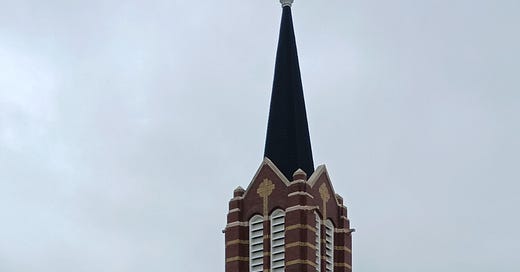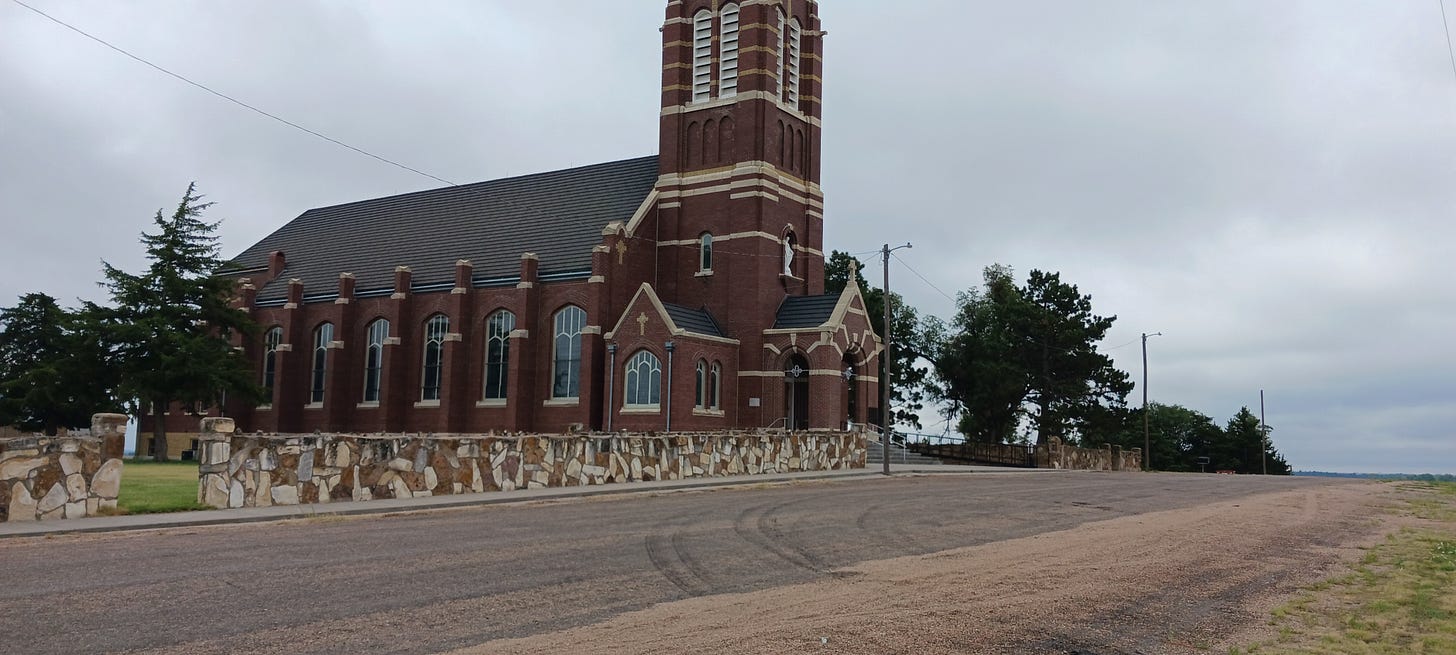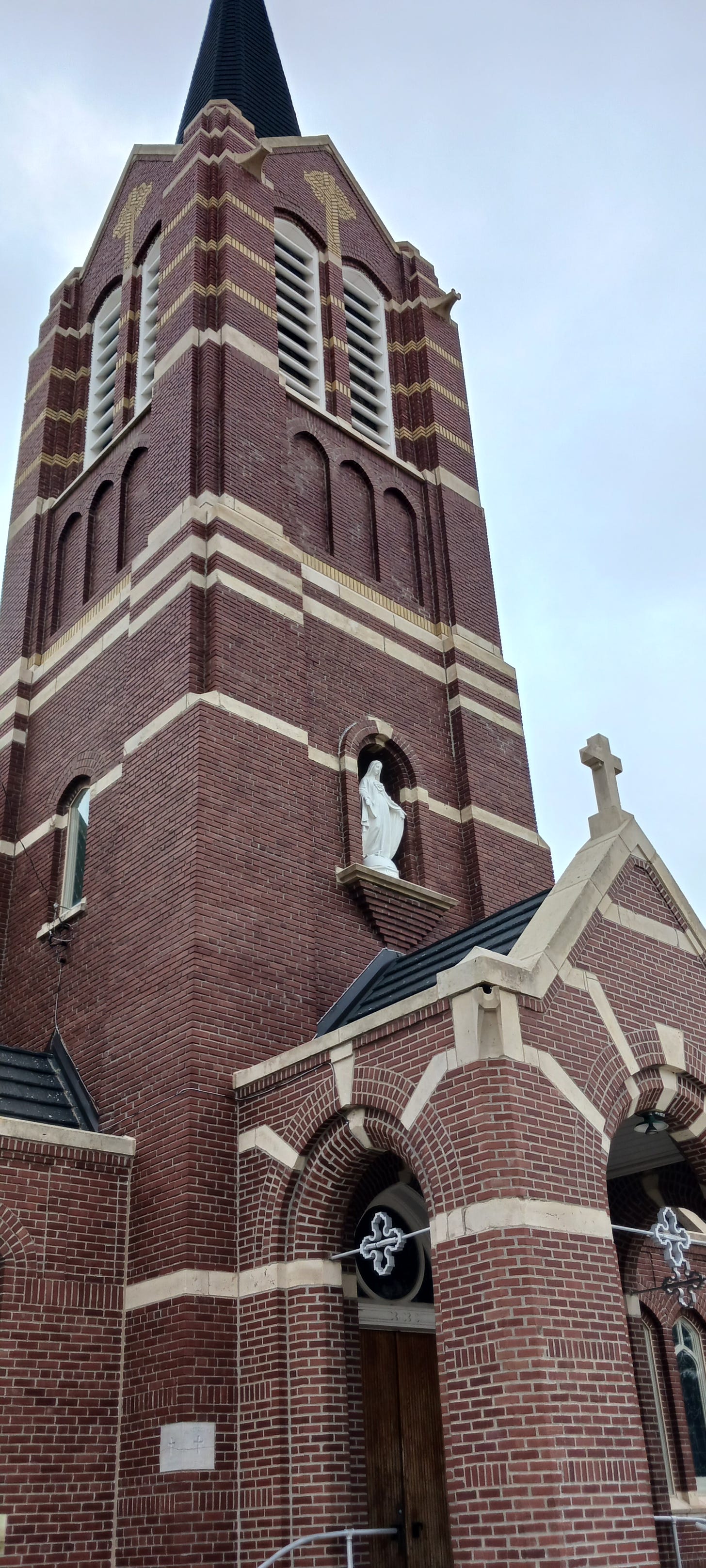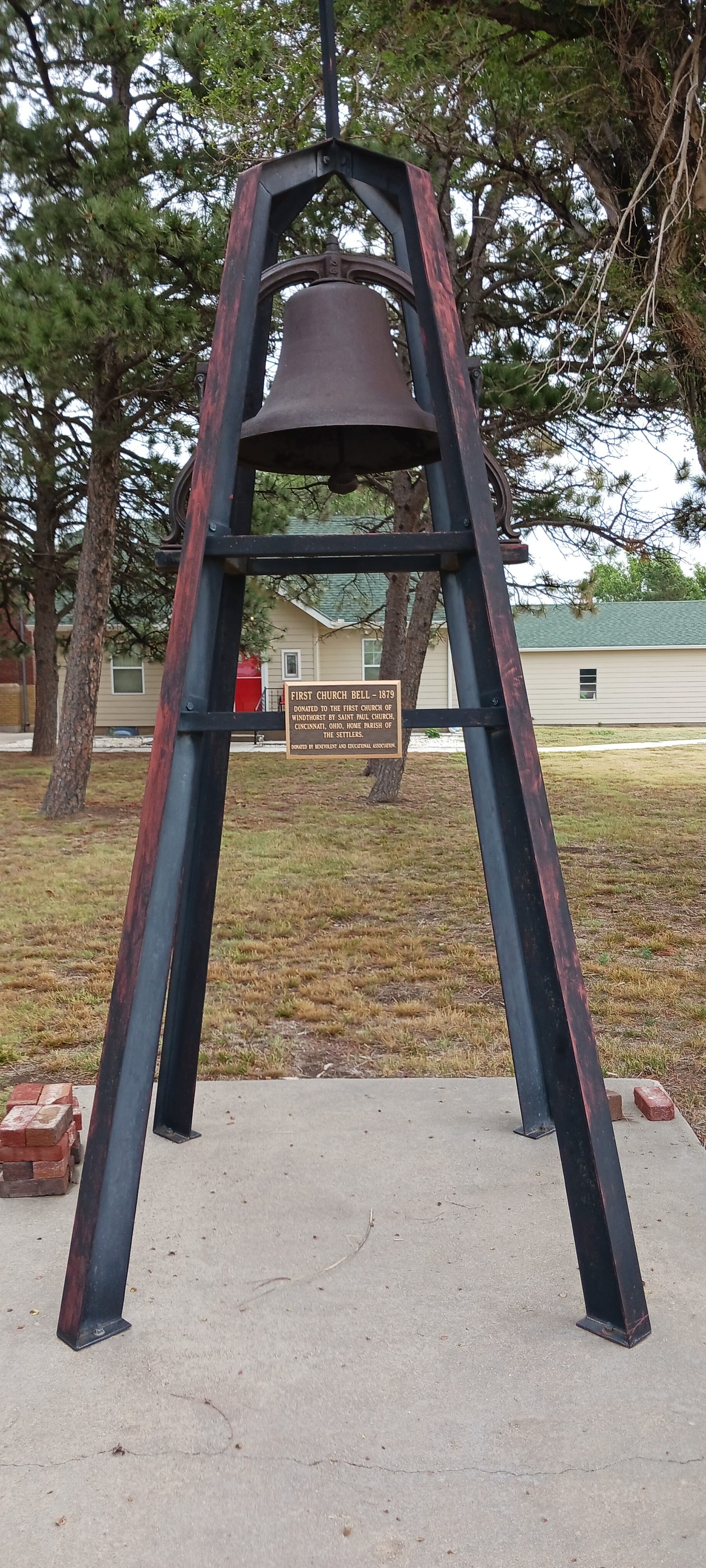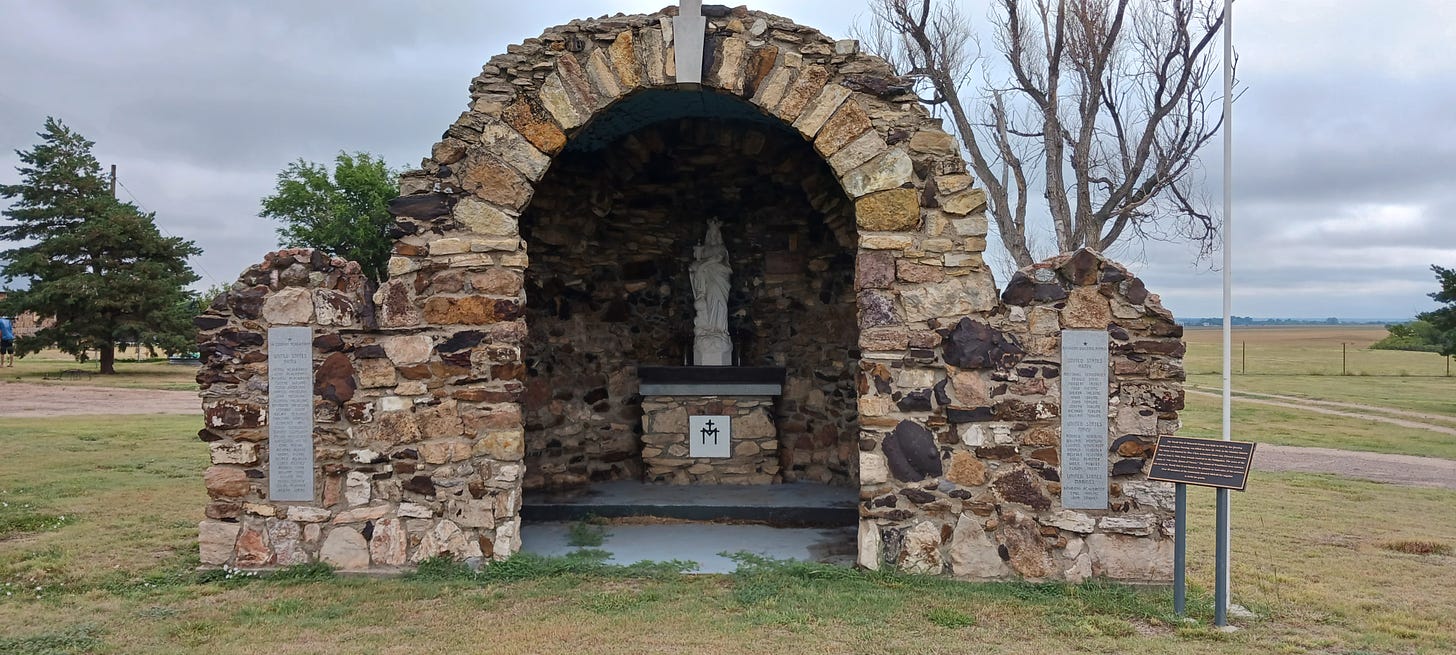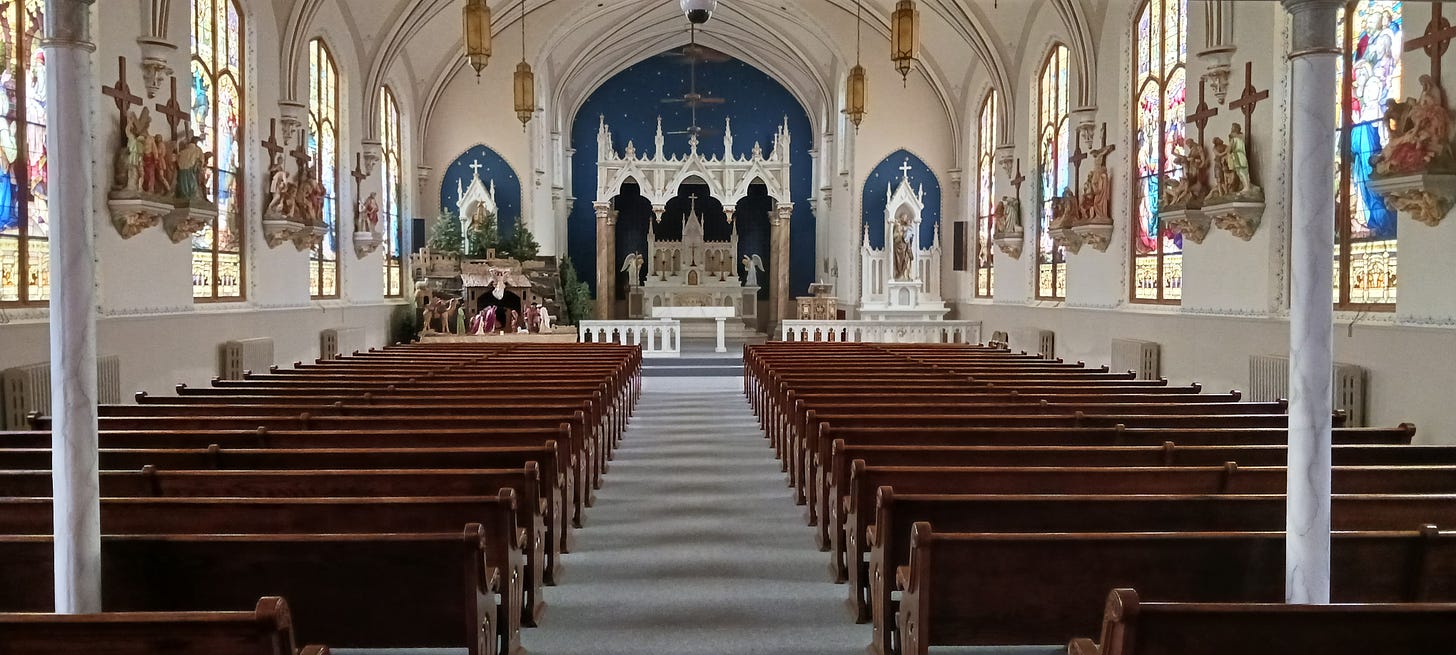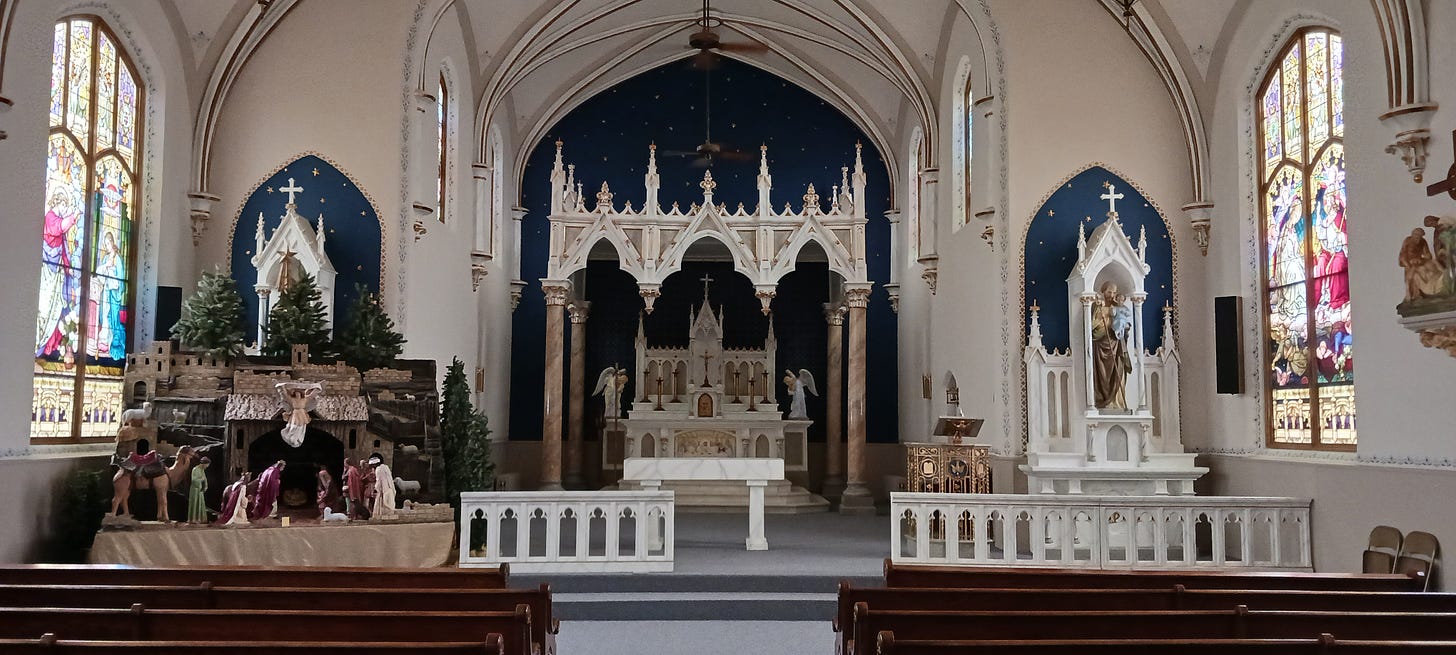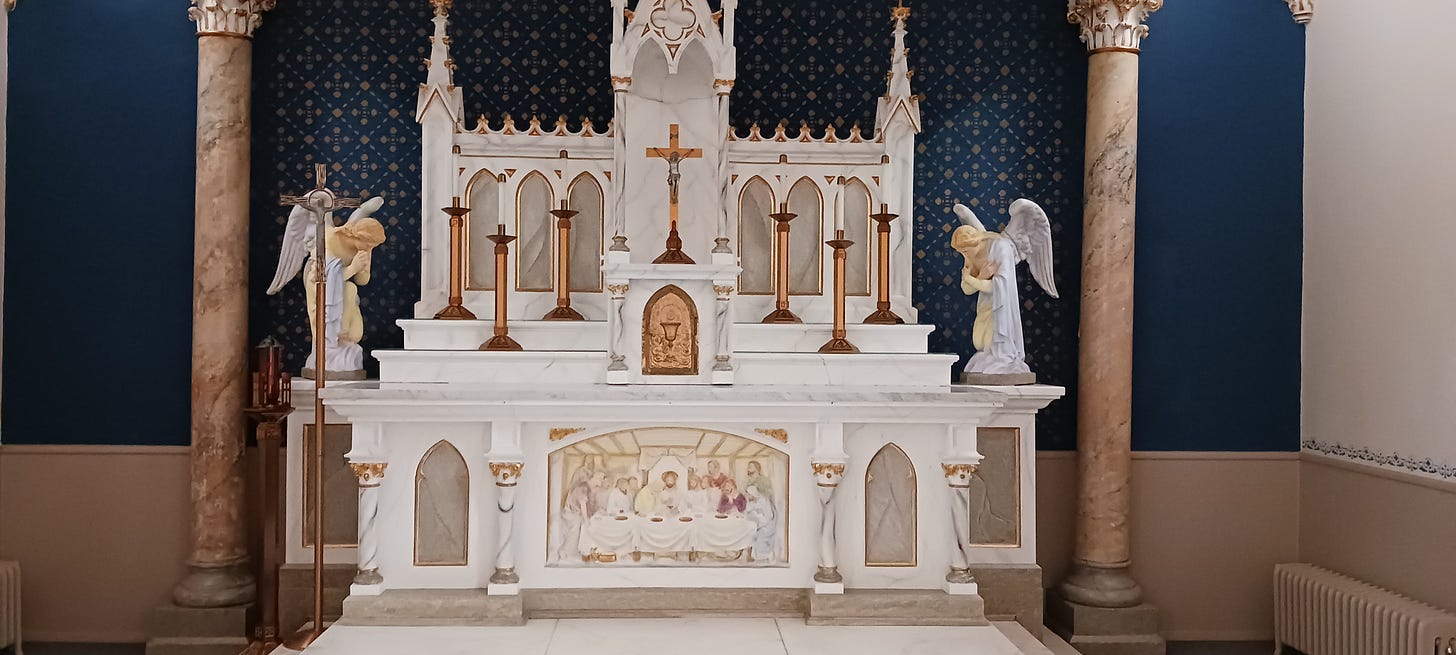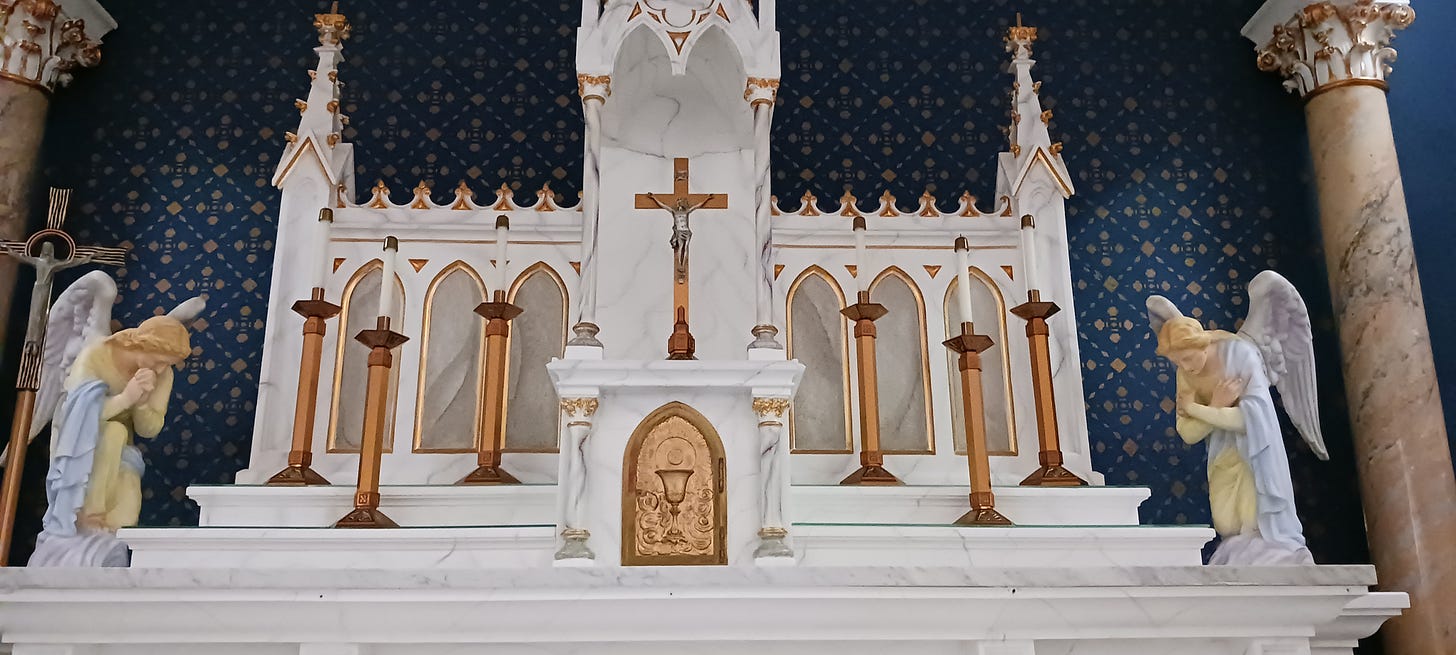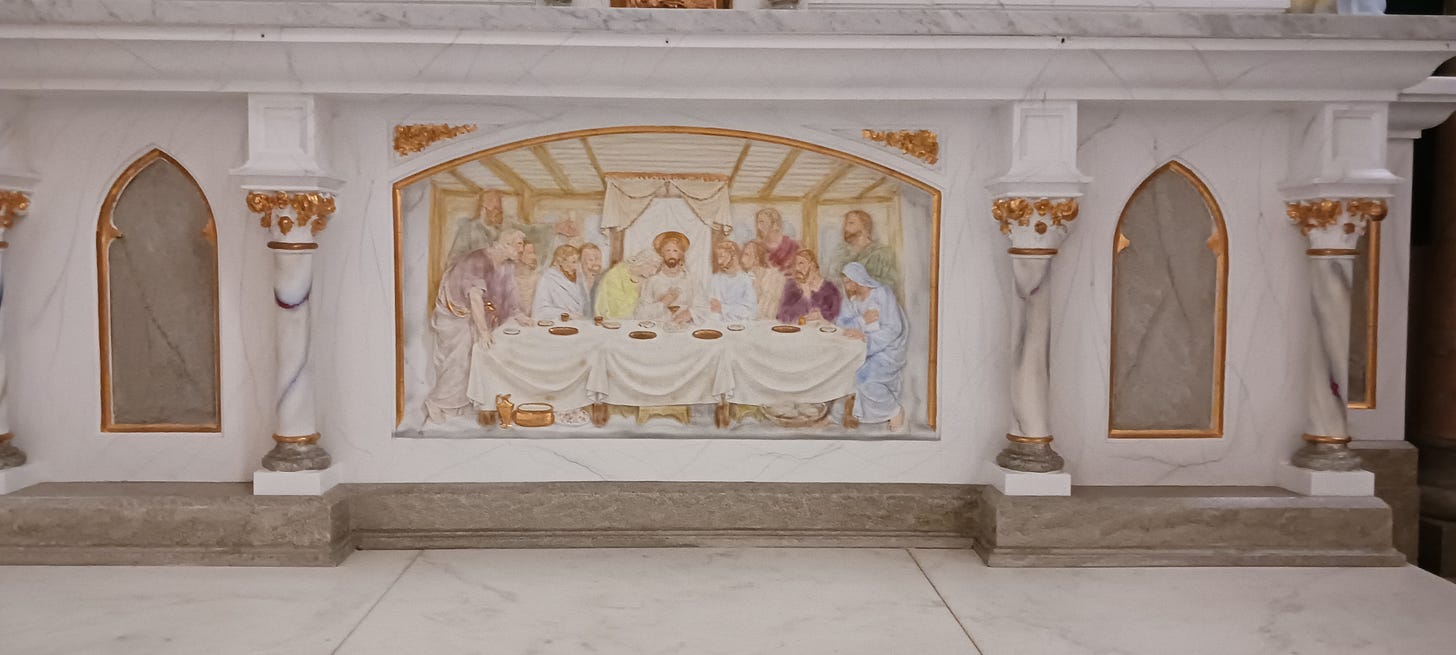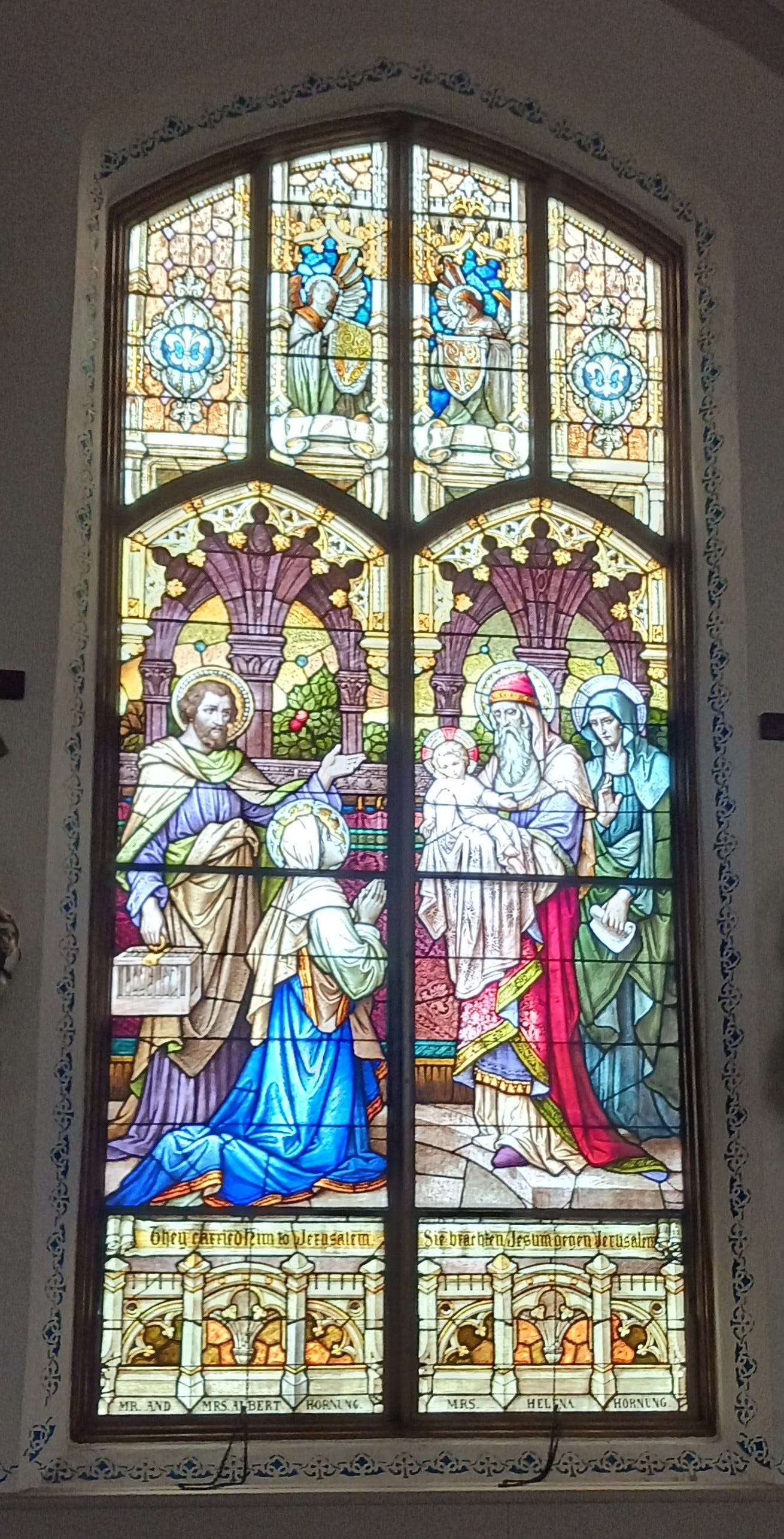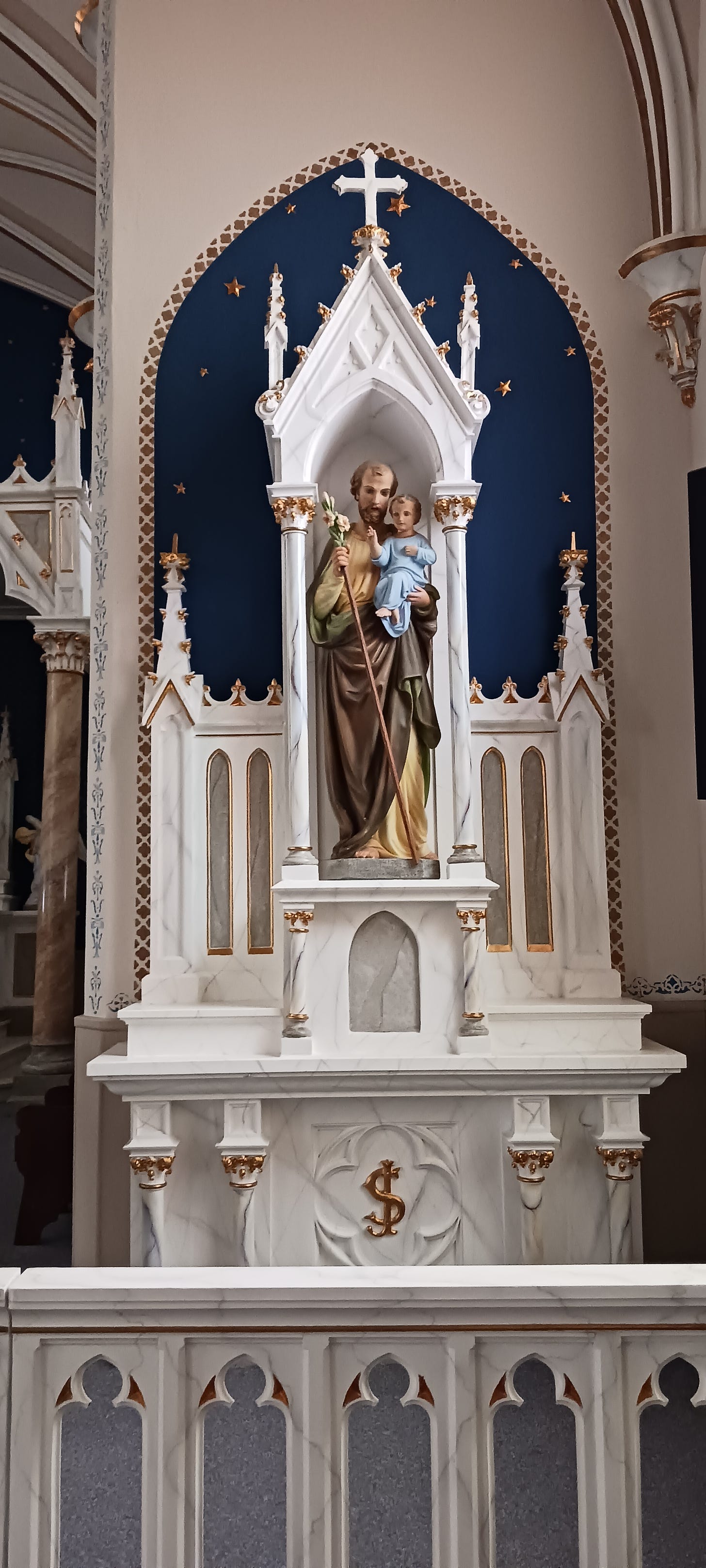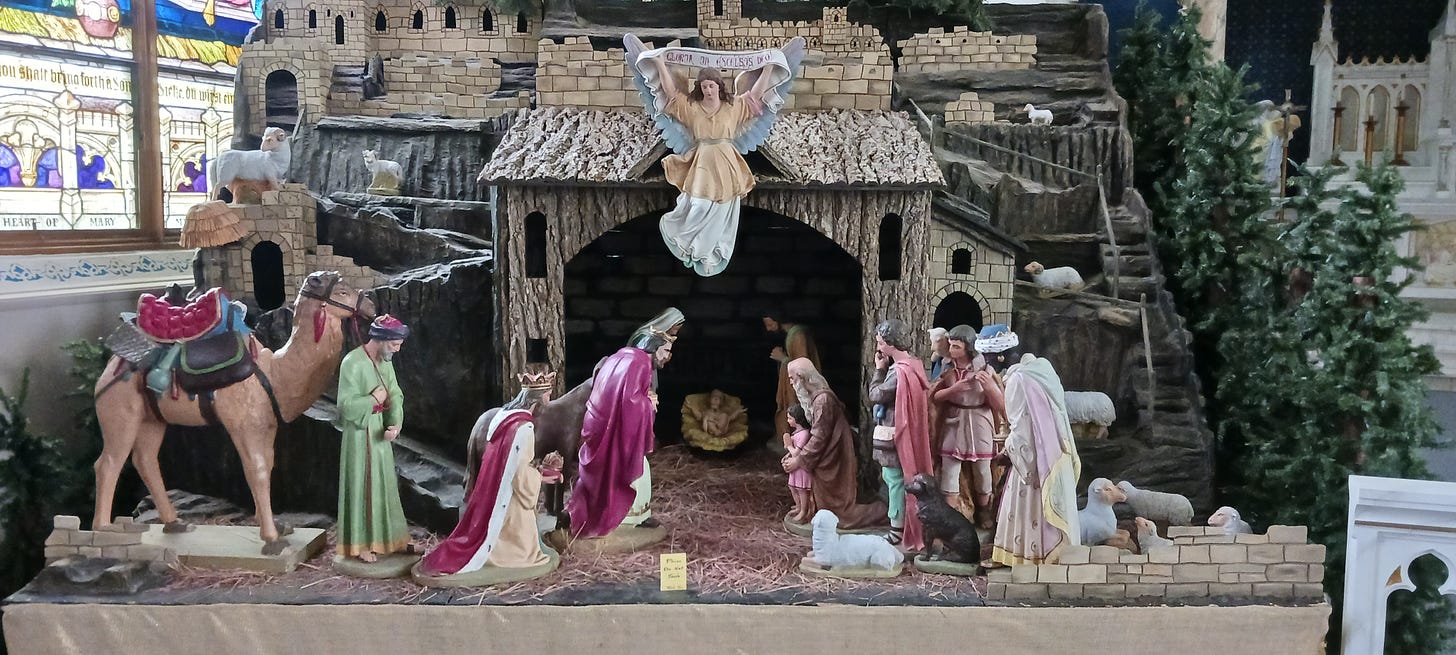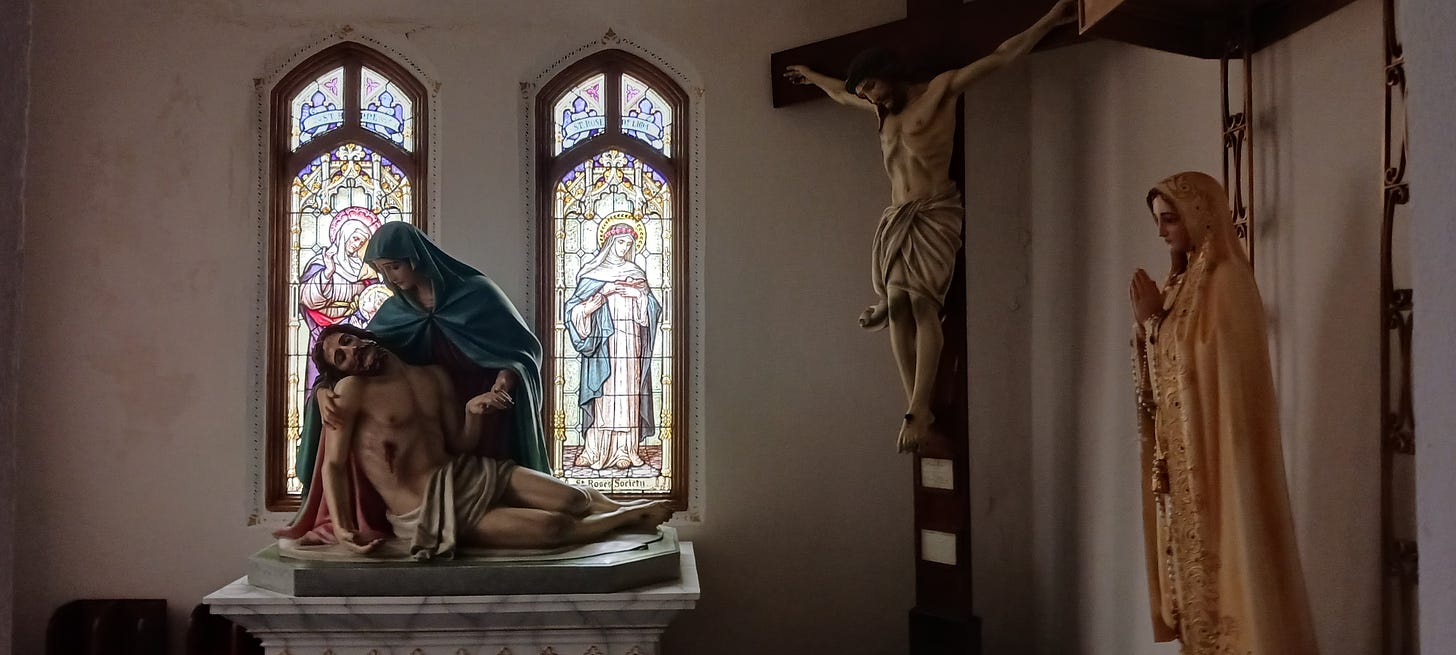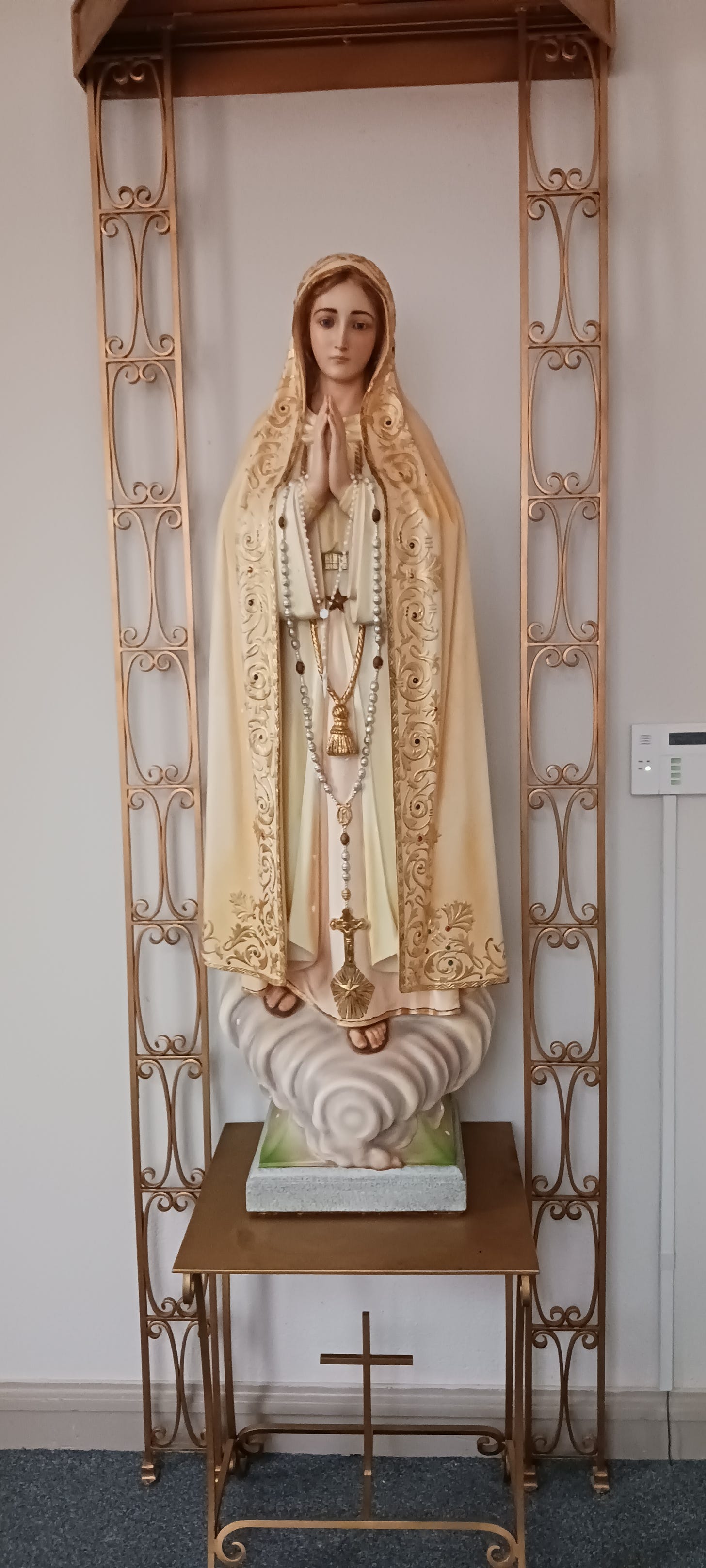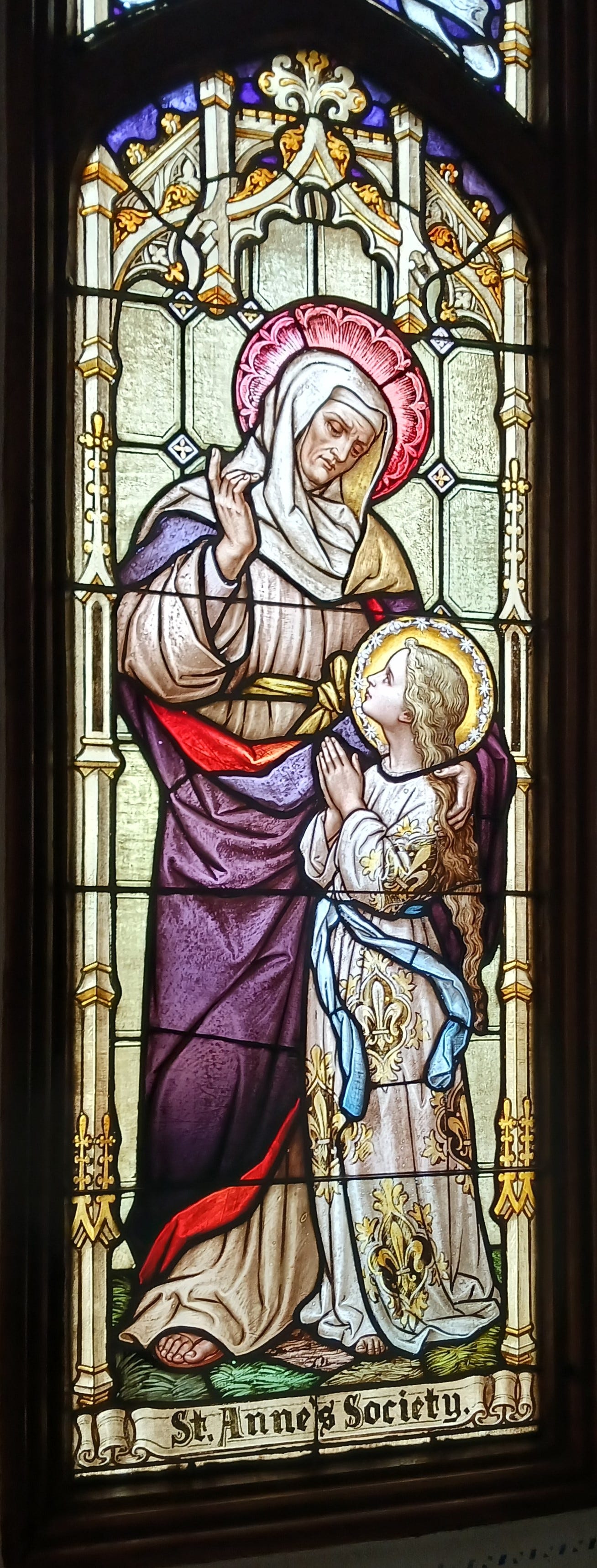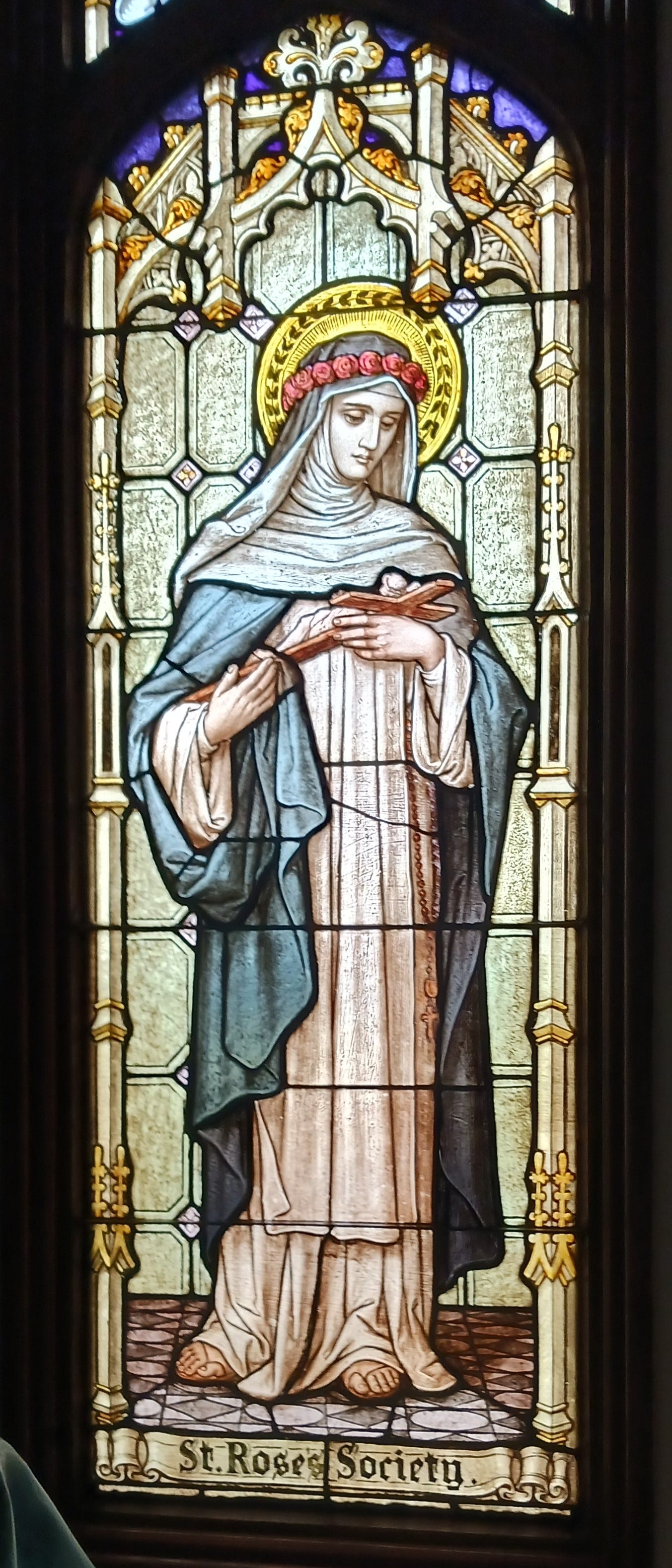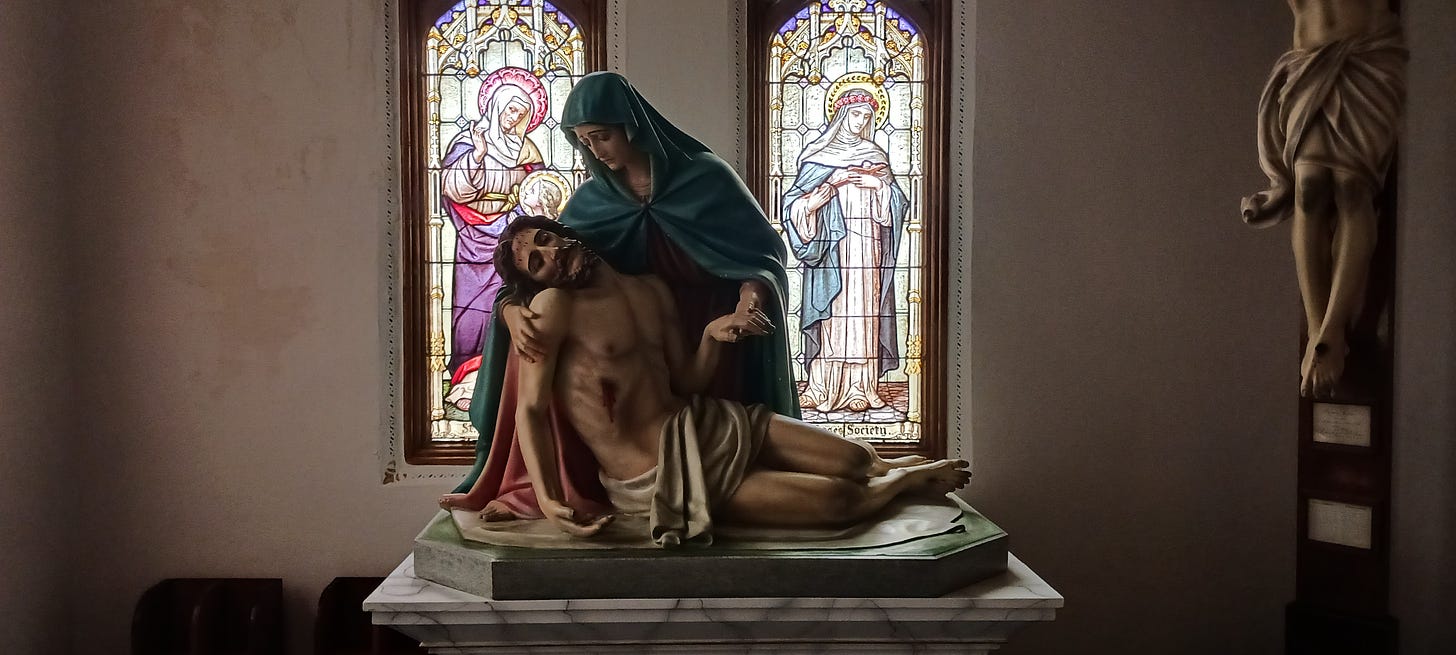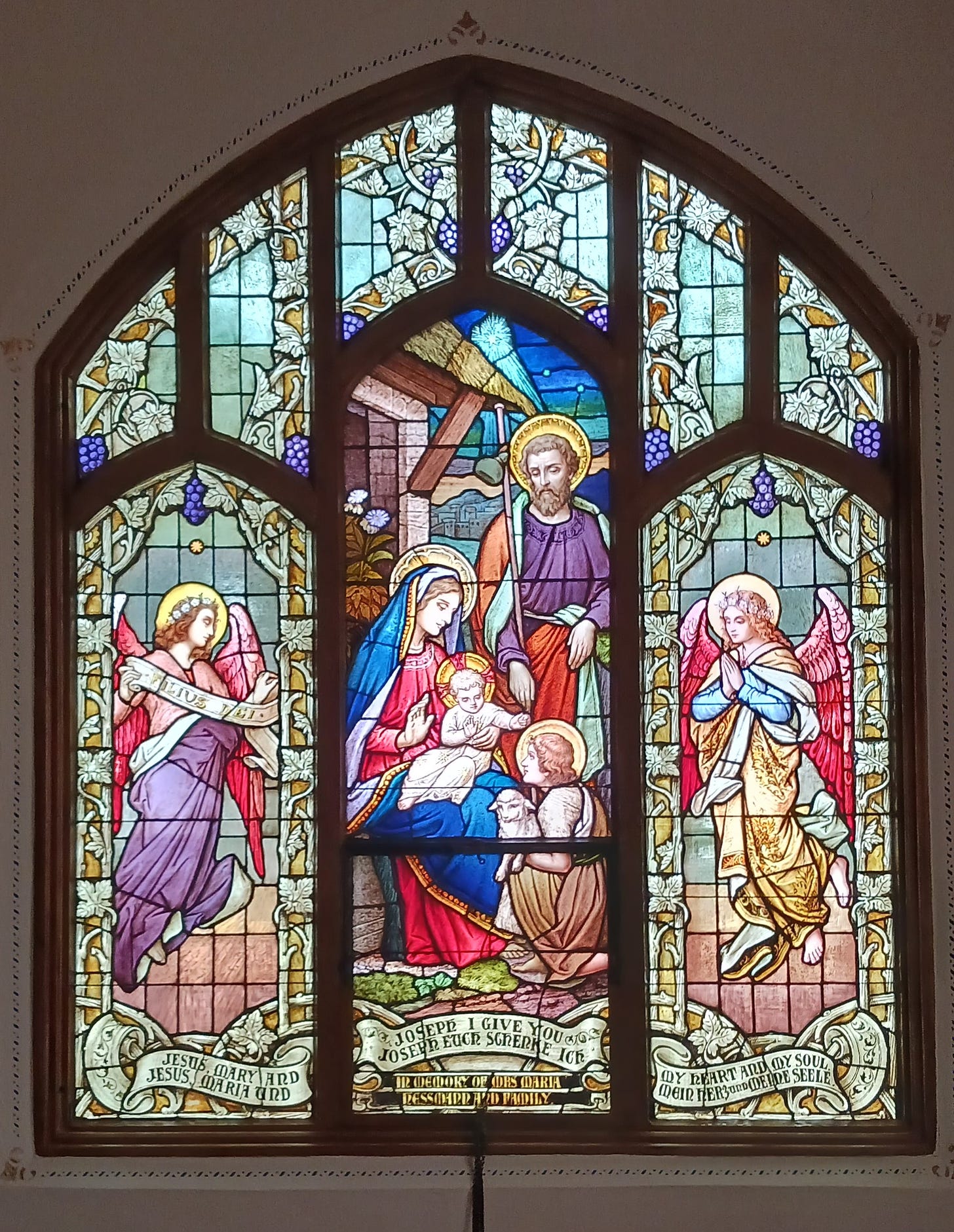Dodge City Days III: Immaculate Heart of Mary
A Side Trip to a Kansas Ghost Town & its Hidden Treasure
This is the fourth installment of my photo essay on a trip I took last year to Dodge City, Kansas. Here are the links to the first, second and third parts of the essay. —Darrick
At the community college where I once worked, I volunteered to be a judge for an undergraduate history essay contest. Most of the essays were interesting enough, but one of them caught my imagination: an essay on Kansas “Ghost Towns.” These were towns founded in the 1800s, usually after the Homestead Act of 1862, which for one reason or other, simply lost so much population that they ceased to exist.
Often times, this had to do with the railroad. Some towns were built in expectation that the railroad would come through it or close by, and when the Atchison, Toperka & Santa Fe Railroad company changed routes for whatever reason, the people moved away when it became clear they weren’t going to be connected to the outside world. You have to remember, many of these were immigrant communities that were very isolated anyway, and some probably wanted to stay in touch with their family in the Old World. An old roommate of mine back in Lawrence, Kansas, once told me his grandmother who grew up in a German immigrant community in Western Kansas spoke German in the local schools as a first language. That’s how insular they were. Slight changes to the town—a failed harvest, a railroad line moving away—spelled their doom.
I say all this as a prelude to describing the next stop on tour of Dodge City and its environs, which took me north on the way back to Highway 50, the main road into town. Before I did, I stopped off at what used to be Windhorst, Kansas, to see Immaculate Heart of Mary Church:
What’s so special about it? Well, Windhorst was one of those Kansas Ghost Towns: formed in 1878 by German immigrants from Ohio, they settled there on the promise that a leg of the Atchison, Topeka and Santa Fe Railroad would come through it. (The railroad even donated 80 acres of land for that purpose.) The first Immaculate Heart of Mary Church, a wooded structure, was consecrated in 1879. But the promised leg of the railroad never materialized, even though the parish thrived. The town closed down in 1905, but the parish drew members from surrounding communities, and continued to thrive until the 1990s. Two more editions of the church were built, the last this brick structure completed in 1913.
The diocese of Diocese of Dodge City decided to close the parish in 1997 because of a lack of priests. But the former parishioners set up a non-profit* to keep the church in tact, and it is now listed on the National Register of Historic Places. There is a caretaker who lives next door to the church, who with his four or five blonde little kids looked after Gus while I toured the church. When you step inside, you understand why they wanted to preserve it.
The white and pink marble, the pastel colors, they all announce the German origins of the Church. Across the Midwest, at places like St. Fidelis in Victoria, KS—nicknamed called the Cathedral of the Plains—you’ll find churches like this one. German immigrants who came from places like Bavaria were proud of their cultural and religious heritage, and rightly so. Much of what you see in these pictures would have been imported from Germany (I am not certain about which parts, but I did find out that the stained-glass windows were from Germany). The Catholic Church in 19th century America was largely an immigrant church, with Irish and then German immigrants making up the bulk of its members. Serious tensions often resulted because of this, as the hierarchy tended to be dominated by the Irish because of their greater numbers. Other Catholic immigrants often resented their influence, especially the Germans, who felt culturally superior to the generally poorer and much less well educated Irish Catholics. This attitude caused much friction, not to mention knock down drag out fights amongst the hierarchy, and was an uncharitable attitude to take. But, luckily for me, it meant they left us art treasures like Immaculate Heart of Mary.
In what must have been the old sacristy (the place where Catholic priests vest before mass), I found several marvelous statues stored, including a pieta, along with more lovely stain glass windows.
My pictures don’t really do the place justice. It is achingly beautiful, a memorial of a vanished world, and to the faith of the people who built it. The statues and stain glass are typical of the 19th century revival of faith that swept Germany and France in the mid-nineteenth century, and which piety these immigrants brought with them to this place. Walking around this building, you can almost feel the love that inspired them to build it. And I wonder how much is left unexplored there as well. You can see the carpeting in the wide shots of the nave, and both I and the caretaker speculated there is likely a marble floor beneath it.
Coming upon this place unexpectedly felt providential to me. If you haven’t guessed by now, I am a rather traditional Roman Catholic, so this felt like much more than a coincidence. What so delighted me was finding something so beautiful in a place like this. I don’t mean to denigrate Western Kansas at all—I wouldn’t write about it merely to denigrate it—but it is not the place you expect to find examples of culture like this. But here it was, right in front of me, as real as life.
The artistic style of Immaculate Heart of Mary is not my favorite, but it is so exquisite that it still overwhelmed me. What struck me about the building is that I have traveled to many places—Mexico, Costa Rica, Hawaii, London, Southern France, Florence and Rome—and though these places boast some of the most magnificent achievements in all human history, I felt the same wonder at the beauty standing there in that ghost town, immigrant church, that I experienced in Rome or in London. Immaculate Heary of Mary isn’t St. Peter’s or the Duomo, but it partakes of the same beauty, and is inspired by the same love. And it was here all the time, just a few hours from where I had spent nearly two decades of my life, and only now I had discovered it. For this, I will be forever grateful.
After about forty-five minutes or so, I decided it was time to rescue Gus from playing with the kids and give my thanks to the caretaker, whose name I have forgotten unfortunately. With that, I loaded up the CR-V, and hit the road again, feeling a sense of quiet elation, and very much looking forward to the next stage of my journey. After a bit of lunch, I planned to take in some of the museums in town on my own, and drink in as much of the town’s history as I could in one afternoon and evening plus.
*If you would like to support the upkeep of Immaculate Heart of Mary Church, you can contact the Windhorst Heritage foundation at their website.
